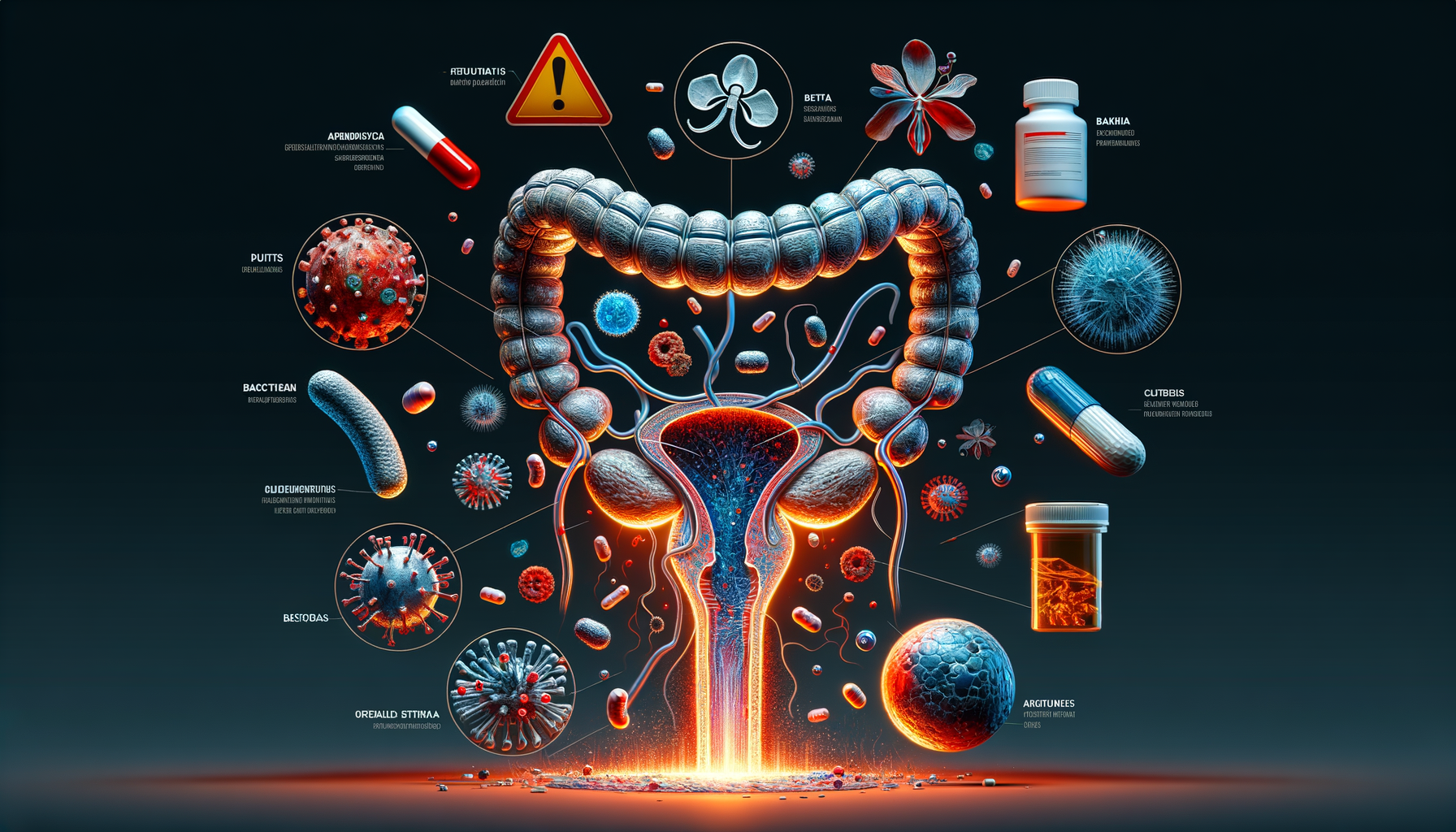
Why Frequent UTIs May Be a Sign of Something Worse
Understanding Urinary Tract Infections (UTIs)
Urinary tract infections (UTIs) are common bacterial infections that affect millions of people each year, particularly women. These infections occur when bacteria enter the urinary tract through the urethra and begin to multiply in the bladder. While the urinary system is designed to keep out such microscopic invaders, these defenses sometimes fail. When that happens, bacteria may take hold and grow into a full-blown infection in the urinary tract.
UTIs can affect different parts of the urinary system, including the bladder, urethra, and kidneys. The most common type of UTI is a bladder infection, also known as cystitis. Symptoms of a UTI can include a persistent urge to urinate, a burning sensation when urinating, cloudy urine, and pelvic pain. In more severe cases, especially when the infection spreads to the kidneys, symptoms might include back pain, fever, and nausea.
The prevalence of UTIs is significant, with studies showing that about 50-60% of women will experience at least one UTI in their lifetime. Men can also get UTIs, although they are less common. Understanding the causes and symptoms is the first step in addressing these infections effectively.
Common Treatment Options for UTIs
Treating a urinary tract infection typically involves the use of antibiotics, which are effective in eliminating the bacteria causing the infection. The specific type of antibiotic and duration of treatment depend on the severity of the infection and the patient’s health history. Commonly prescribed antibiotics for UTIs include nitrofurantoin, trimethoprim/sulfamethoxazole, and fosfomycin.
For uncomplicated UTIs, a short course of antibiotics, usually lasting 3 to 5 days, is often sufficient. However, for more severe infections or recurrent UTIs, a longer course of treatment may be necessary. In some cases, if the infection is severe or the patient does not respond to oral antibiotics, hospitalization and intravenous antibiotics might be required.
In addition to antibiotics, patients are often advised to drink plenty of fluids to help flush the bacteria from the urinary tract. Over-the-counter pain relievers can also be used to alleviate discomfort. It’s important for patients to complete the entire course of antibiotics, even if symptoms improve, to ensure that the infection is fully eradicated.
Preventing Recurrent UTIs
Preventing recurrent UTIs is a significant concern for many individuals, especially those who experience frequent infections. There are several strategies that can help reduce the risk of recurrent UTIs:
- Hydration: Drinking plenty of water helps dilute the urine and ensures that you urinate more frequently, allowing bacteria to be flushed from the urinary tract.
- Hygiene: Practicing good personal hygiene, such as wiping from front to back after using the toilet, can prevent bacteria from spreading.
- Urination Habits: Urinating immediately after sexual intercourse can help clear bacteria from the urethra.
- Avoiding Irritants: Avoiding potential irritants such as douches, powders, or sprays in the genital area can reduce the risk of irritation and subsequent infection.
For individuals who experience frequent UTIs, a healthcare provider may recommend additional preventive measures, such as a low-dose antibiotic regimen or the use of probiotics to maintain a healthy balance of bacteria in the body.
When to Seek Medical Advice
While many UTIs can be treated with a straightforward course of antibiotics, there are instances when medical advice should be sought promptly. If you experience symptoms of a UTI and have a history of recurrent infections, or if your symptoms do not improve with initial treatment, it’s important to consult with a healthcare professional.
Moreover, if you experience severe symptoms such as high fever, shaking chills, nausea, vomiting, or back pain, you should seek immediate medical attention. These symptoms could indicate a kidney infection, which requires more intensive treatment. Pregnant women, men, and children with UTIs should also seek medical advice, as these groups may require specialized care.
Early intervention and appropriate treatment are essential in preventing complications associated with UTIs, such as kidney damage or sepsis, a life-threatening response to infection.
Conclusion: Managing UTIs Effectively
Understanding the treatment and prevention of urinary tract infections is crucial for maintaining urinary health and preventing complications. While UTIs are common and often easily treatable, they can lead to more serious health issues if not managed properly. By recognizing the symptoms early, seeking appropriate treatment, and implementing preventive measures, individuals can significantly reduce the risk of recurrent infections.
Consulting with healthcare professionals for personalized advice and treatment options is always recommended, especially for those experiencing frequent UTIs. With the right approach, it’s possible to effectively manage UTIs and maintain a healthy urinary system.